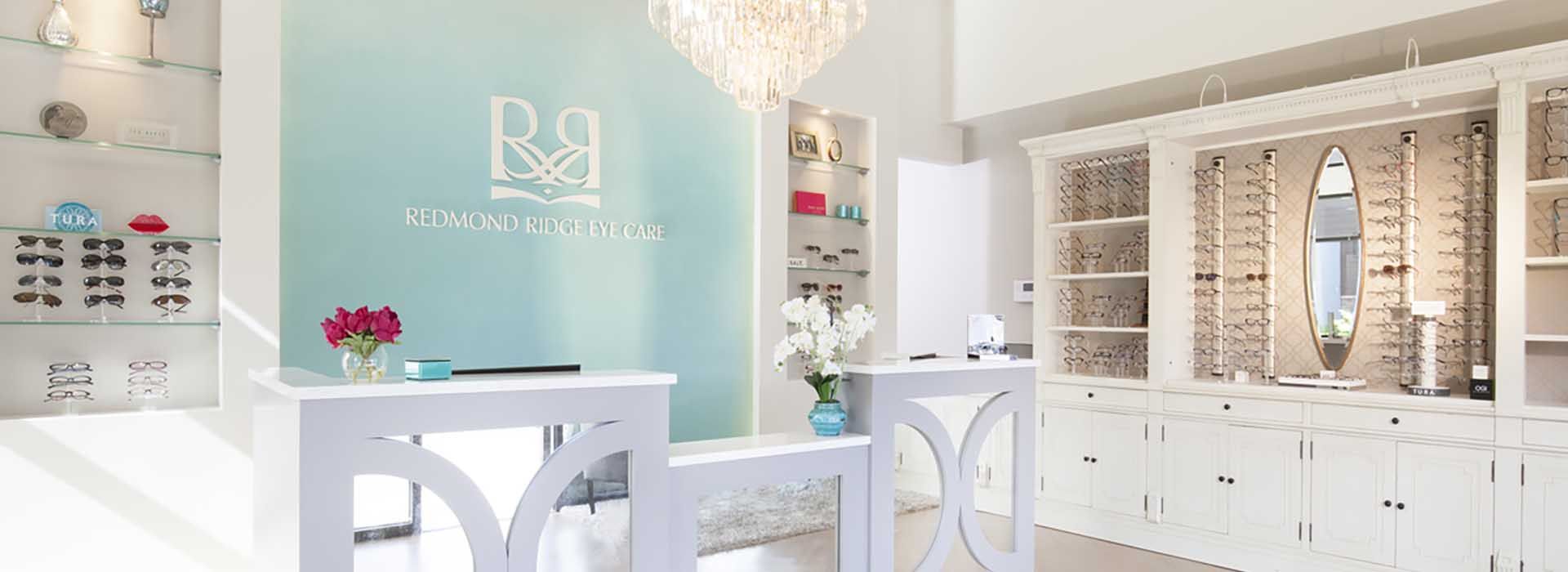What is Orthokeratology?
Orthokeratology is also known as Overnight Orthokeratology, Ortho-K, Corneal Refractive Therapy, Overnight Corneal Reshaping or OCR. Orthokeratology is a safe, non-surgical answer to myopia (nearsightedness), a vision condition where one cannot see distant objects clearly. Specialized rigid gas-permeable contact lenses (GP) gently reshape the cornea while you sleep to reduce myopia and other refractive conditions like hyperopia (farsightedness) and astigmatism. Patients enjoy clear vision during waking hours without glasses or contacts, and wear retainer lenses nightly to maintain the results. The procedure is non-invasive, reversible, and is a safe alternative to refractive surgeries. While similar to contact lenses, the vision retainers are worn only at nighttime during sleep. The retainers are comfortable, easy to care for, and offer relief from the problems sometimes associated with full time contact lens wear like dryness and things getting on or under the lenses.
Does Orthokeratology have any advantages over Laser Surgery?
Yes. Orthokeratology is about half the cost of laser vision correction. Perhaps the most important attributes of Orthokeratology are that it is non-invasive and reversible (unlike laser surgery). Also, since Orthokeratology does not involve surgery, it does not create the side effects of refractive surgeries.
Is everyone a candidate for Orthokeratology and can any doctor perform it?
Unfortunately, no. It will not work as well for higher levels of myopia (above -6.00) and needs to be done in a very exact and meticulous manner. Dr. Michel has received special training and has the necessary diagnostic equipment to perform Orthokeratology. There are no age barriers for Orthokeratology. It is safe for children and adults, and may prevent further nearsightedness from increasing!
What does it involve?
First, a comprehensive vision/eye health exam is performed. Then, a computerized map of your corneal topography is obtained to design your retainer lenses. Often, we place trial lenses on the eyes to demonstrate the effect of corneal reshaping lenses and evaluate the fit. When you pick up your retainers, you will be trained on how to use and care for them. The maintenance is very easy. The next morning you will come to the office for a vision check-up and new topography mapping to see the improvements. Most of the clarity changes occur rapidly over the first few days. If any change in the design of the retainers is needed we will reorder new lenses for you. Even after you are seeing well we will continue to monitor your eyes to ensure your cornea is adapting well to the retainers. Most Orthokeratology fittings patients are completed within two months, but factors such as original prescription and corneal flexibility affect the time required to achieve satisfactory vision. When treatment is complete, the retainer lenses are worn nightly to maintain daytime clarity.
What are the disadvantages?
Patients must allow for 3-5 office visits during the first two months of the program. Also, should you stop wearing your retainers, your vision will slowly return to its original state. While the success of Orthokeratology is very high nationally, it cannot be guaranteed. Although it is rare that a good candidate does not do well with Orthokeratology, the rate and degree of change may vary from one person to the next.
How much does it cost?
Orthokeratology fees are comparable to those of refractive surgery and dental braces. The initial treatment cost involves the doctor’s professional service fee, cost of materials and aftercare for one year. This cost will include lens insertion, removal, care instruction and all of the professional visits and four (4) retainer lenses needed to achieve optimal vision.
Here are some useful links to learn more:
allaboutvision.com/contacts/orthok.htm
A study about myopia control and orthokeratology: medcraveonline.com/AOVS/AOVS-02-00046.php
A bit on how it works: youtube.com/watch?v=Iptpn018d2E
Video on lens insertion and removal: youtube.com/watch?v=j1HCFg6V_v0&feature=youtu.be
FDA approval in 2002:
fda.gov/medicaldevices/productsandmedicalprocedures/homehealthandconsumer/consumerproducts/contactlenses/ucm062319.htm#orthok






